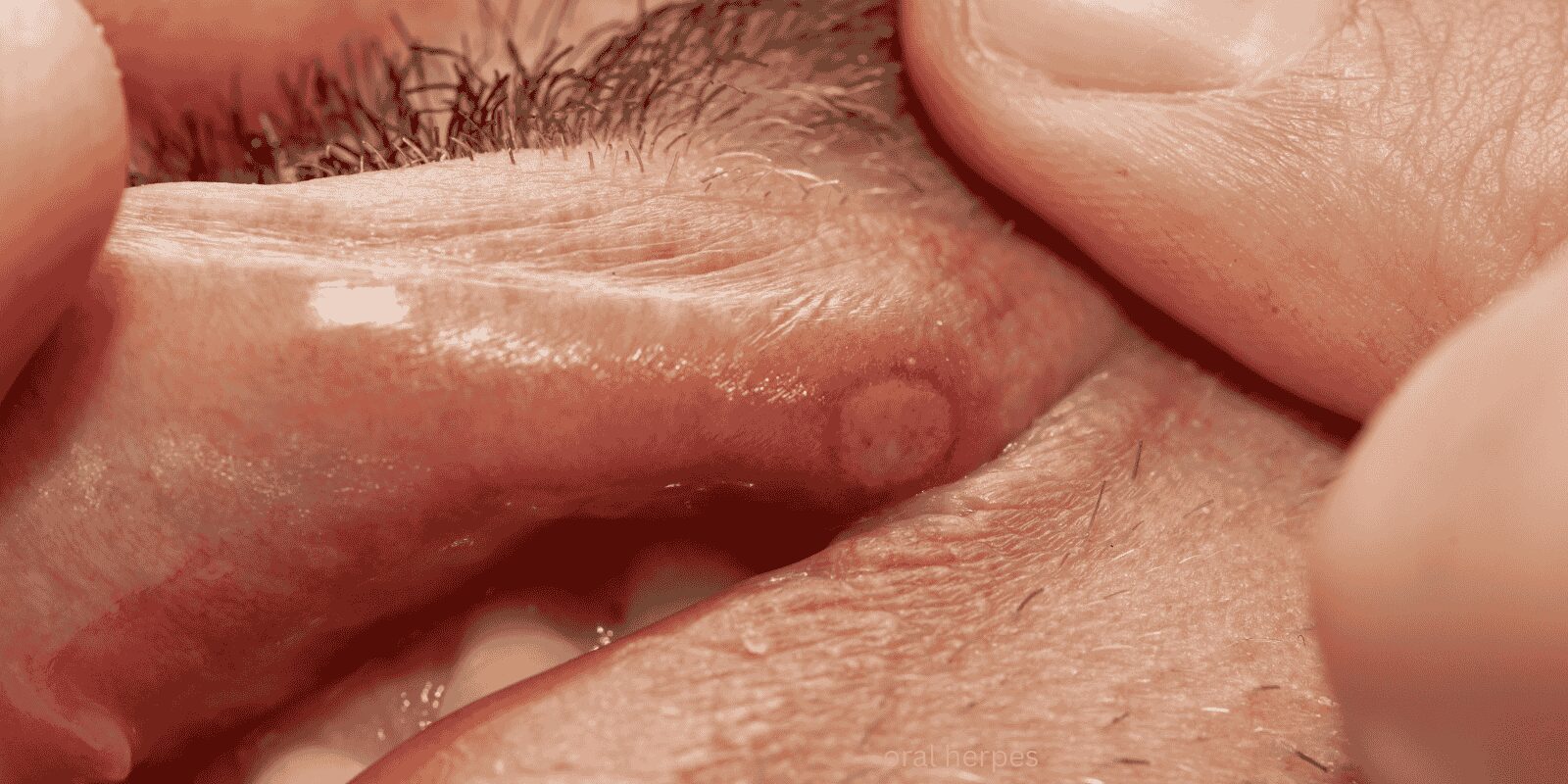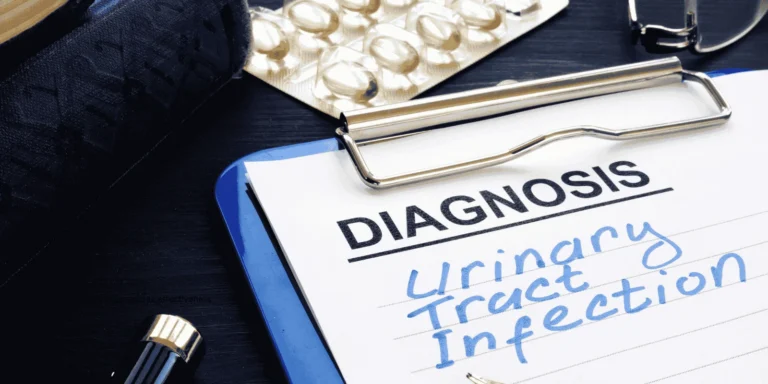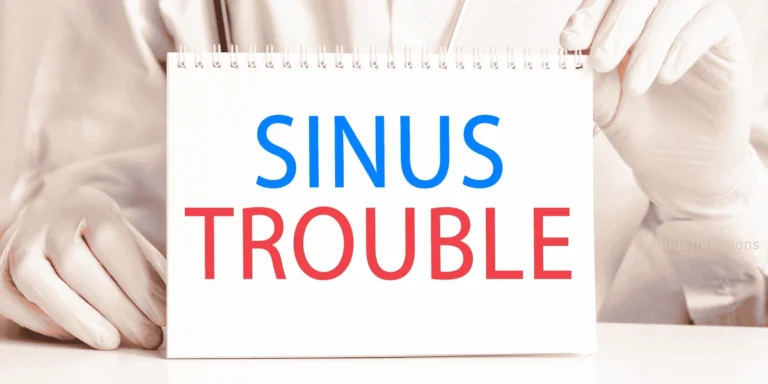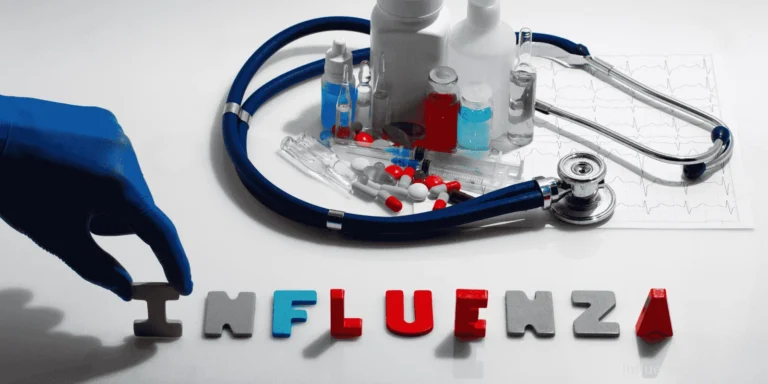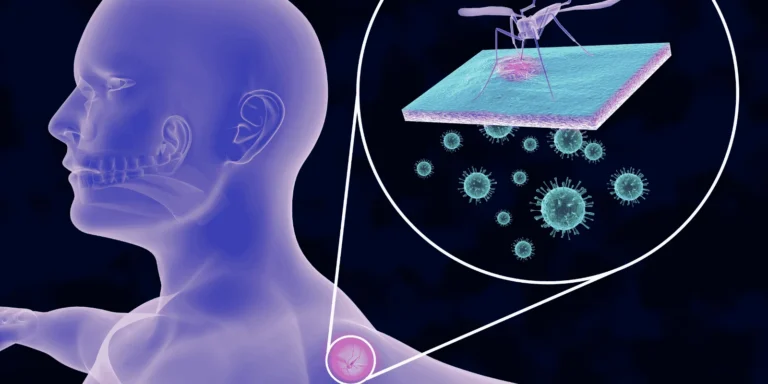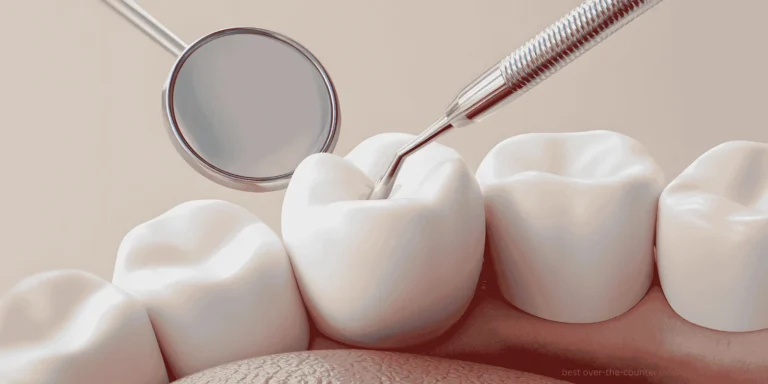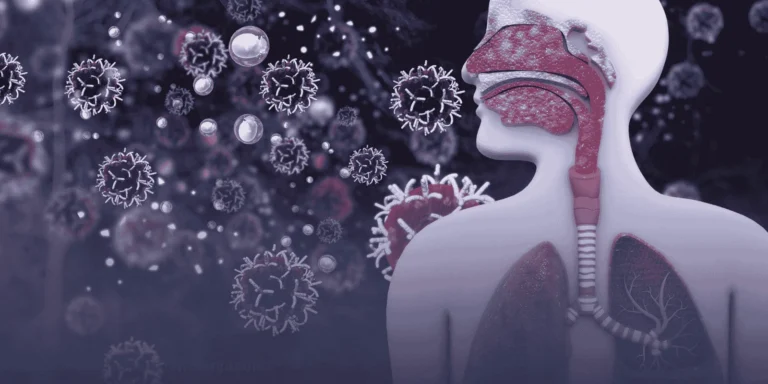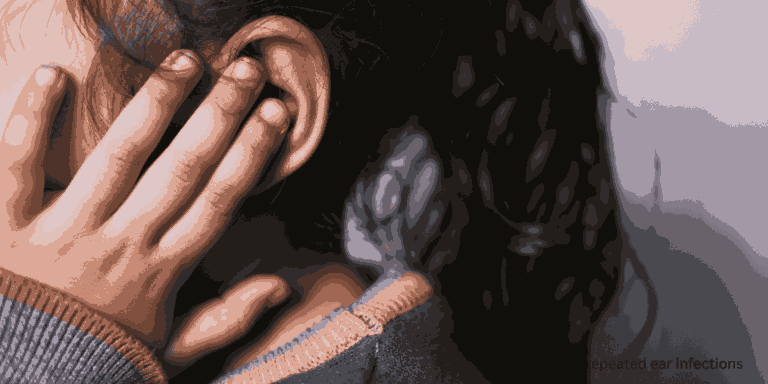Yes, you absolutely can. This is one of the most misunderstood aspects of oral herpes transmission.
Many people think they’re only contagious when they have visible cold sores. That’s dangerously wrong.
Viral Shedding Explained
HSV-1 (oral herpes) can be present in your saliva even when you have no symptoms. This is called “asymptomatic viral shedding.”
Studies show that people with oral herpes shed the virus about 9-18% of days, even without visible cold sores.
When You’re Most Contagious
Highest risk: During active outbreaks with visible blisters or sores Moderate risk: Just before and after outbreaks (prodromal and healing phases) Lower but real risk: Any time, even with no symptoms
The virus levels are highest during visible outbreaks but can still be significant during asymptomatic periods.
The Prodromal Phase
Many people feel tingling, burning, or itching before cold sores appear. You’re already contagious during this phase — sometimes more contagious than when sores are visible.
This pre-outbreak period can last hours to days before blisters develop.
Transmission Routes Without Visible Sores
- Kissing (mouth-to-mouth contact)
- Sharing drinks, utensils, or lip products
- Oral sex (can cause genital herpes)
- Any contact with saliva
The Saliva Factor
HSV-1 lives in nerve cells but travels to the mouth and can be present in saliva. This happens unpredictably, even in people who rarely get outbreaks.
Some people shed virus frequently, others rarely. There’s no way to predict when you’re shedding.
Daily Antiviral Medication
People who take daily antiviral medication (like valacyclovir) significantly reduce viral shedding and transmission risk, even during asymptomatic periods.
This is called “suppressive therapy” and can reduce transmission by 70-80%.
Stress and Immune Factors
Viral shedding increases during:
- Times of stress
- Illness or weakened immunity
- Hormonal changes
- Sun exposure
- Other factors that might trigger outbreaks
The First Year Factor
People are most likely to shed virus asymptomatically during their first year after infection, when the immune system is still learning to control the virus.
Testing Limitations
There’s no practical test to determine if you’re shedding virus on any given day. Viral shedding is intermittent and unpredictable.
Partner Protection
If you have oral herpes:
- Inform partners about your status
- Consider daily antiviral medication
- Avoid kissing or oral contact during outbreaks
- Be aware that some risk exists even without symptoms
The Relationship Reality
Many couples where one partner has oral herpes never transmit it, while others do. Consistent antiviral medication and avoiding contact during outbreaks significantly reduces risk.
Genital Transmission Risk
Oral sex can transmit HSV-1 to the genital area, causing genital herpes. This can happen even without visible cold sores.
Use dental dams or avoid oral sex during high-risk periods.
Recognition Challenges
Some people have very mild outbreaks — tiny blisters they mistake for chapped lips or small cuts. They might unknowingly be having frequent outbreaks.
The Disclosure Conversation
Many people struggle with when and how to tell partners about oral herpes. Given that transmission can occur without symptoms, disclosure before intimate contact is important.
Risk Reduction Strategies
- Daily antiviral medication for frequent shedders
- Avoiding sharing personal items
- Good oral hygiene
- Stress management
- Sun protection (lip balm with SPF)
Bottom Line
Oral herpes can spread even without visible cold sores. While risk is highest during outbreaks, asymptomatic transmission is real and happens regularly.
Understanding this helps people make informed decisions about relationships and protection strategies.

